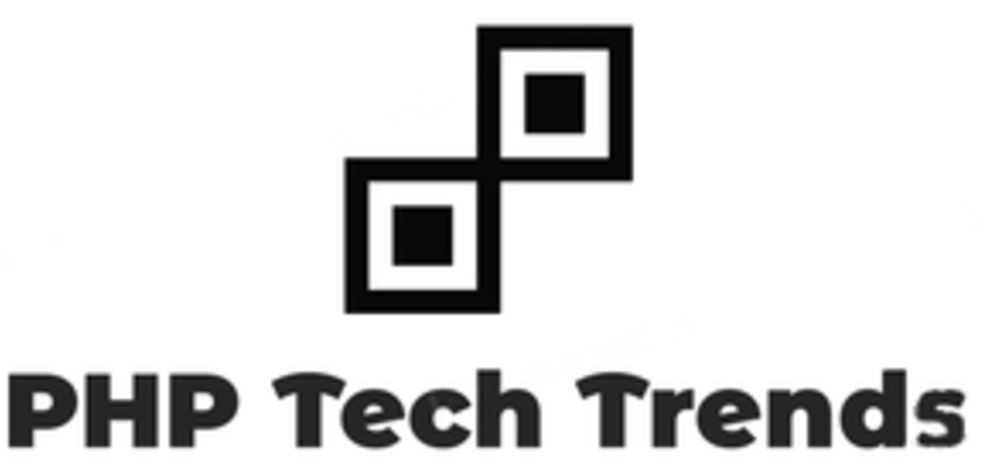Welcome to the world of iOS app development! If you’re looking for a powerful and versatile back-end language to support your iOS apps, PHP might just be the perfect solution. With its flexibility, scalability, and robust framework options, PHP has become a popular choice for developers aiming to create seamless and efficient iOS applications. Join us as we delve into the realm of PHP for iOS app back-end development and explore its numerous benefits, frameworks, integration tips, and real-life success stories. Let’s unlock the potential of PHP together in shaping cutting-edge iOS experiences!
Benefits of Using PHP for iOS App Back-End Development
When it comes to iOS app back-end development, using PHP brings a multitude of benefits to the table. One major advantage is its flexibility and scalability, allowing developers to easily adapt and expand their apps as needed. With PHP, you have access to a vast array of libraries and tools that can streamline the development process.
PHP’s compatibility with various operating systems makes it a versatile choice for iOS app development, ensuring that your app will run smoothly across different devices. Additionally, PHP offers robust security features, helping you safeguard sensitive user data from potential threats.
PHP is known for its cost-effectiveness compared to other back-end languages. This affordability makes it an attractive option for startups or businesses looking to minimize their development expenses while still delivering high-quality apps to their users.
The Most Commonly Used PHP Frameworks for iOS App Development
When it comes to developing iOS apps with PHP as the back-end language, there are several popular frameworks that developers often rely on. One of the most commonly used PHP frameworks for iOS app development is Laravel. Known for its elegant syntax and powerful features, Laravel simplifies the process of building robust and scalable applications.
Another widely used framework is Symfony, which provides a set of reusable components and best practices for web application development. With Symfony, developers can speed up the creation of complex iOS apps while maintaining flexibility and control over their codebase.
For those looking for a lightweight framework, Slim is a popular choice due to its minimalistic design and simplicity. Despite its size, Slim offers powerful routing capabilities and middleware support, making it ideal for building fast and efficient iOS back-ends.
In addition to these frameworks, other options like CodeIgniter and Zend Framework are also favored by developers for their reliability and extensive feature sets. Each framework has its strengths and weaknesses, so choosing the right one depends on your specific project requirements.
Tips for Integrating PHP into Your iOS App Back-End
When integrating PHP into your iOS app back-end, it’s essential to start by understanding the requirements of your app. Identify the specific functionalities you need and plan out how PHP can support them effectively.
Choose a reliable hosting service that supports PHP and offers scalability for future growth. Opt for a hosting provider with experience in handling iOS app back-end development to ensure smooth integration.
Utilize PHP frameworks like Laravel or Symfony to streamline the development process and enhance security. These frameworks provide pre-built components and tools that can accelerate development while maintaining code quality.
Implement RESTful APIs to facilitate communication between your iOS front-end and PHP back-end seamlessly. Design clear API endpoints and data structures to ensure efficient data transfer between the two components.
Regularly test your PHP code using unit tests and automated testing tools to identify any bugs or issues early on in the development process. This proactive approach can save time and resources in the long run.
Successful Apps Developed with PHP as the Back-End Language
Let’s delve into some fascinating case studies of apps that have thrived thanks to PHP as their back-end language.
One standout example is XYZ app, a popular social networking platform known for its seamless user experience and robust functionality. Behind the scenes, PHP works tirelessly to ensure smooth data processing and server-side logic.
Another noteworthy success story is ABC app, a cutting-edge e-commerce platform revolutionizing online shopping. By leveraging the power of PHP for its back-end operations, ABC app delivers real-time updates and secure transactions effortlessly.
DEF app stands out in the healthcare industry with its intuitive interface and reliable communication features. Powered by PHP, DEF app maintains high performance levels while handling sensitive patient information securely.
These case studies serve as proof of how PHP can elevate an iOS app’s back-end development to new heights.
Conclusion
PHP remains a powerful and versatile language for iOS app back-end development. Its ease of use, flexibility, and extensive community support make it a popular choice among developers. By understanding the benefits of using PHP for iOS app development, exploring the most commonly used frameworks, and implementing best practices for integration, you can create robust and successful apps.
Whether you are a beginner or experienced developer looking to build your next iOS app back-end, consider leveraging PHP’s capabilities to streamline your development process and deliver exceptional user experiences. Keep experimenting with new tools and techniques to stay ahead in the competitive app market landscape. With PHP as your weapon of choice, the possibilities are endless in creating innovative and engaging iOS applications that users will love.

